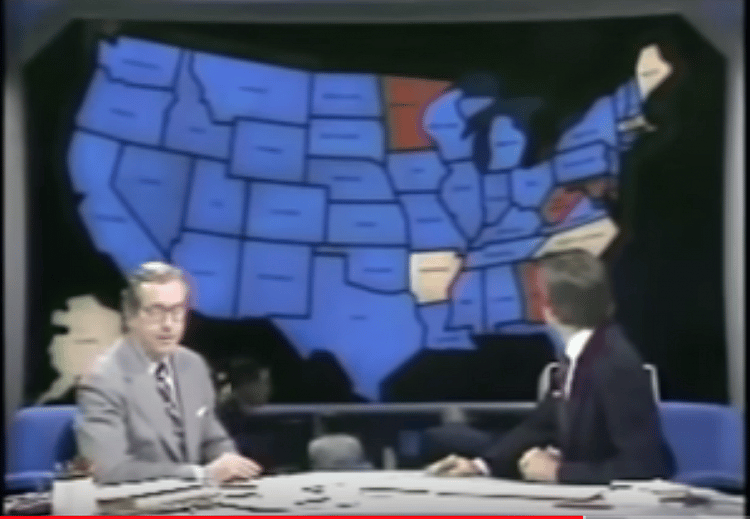How the Reds Got the Blues

In virtually every nation around the globe, the color red is associated with socialism, communism, social democracy, and generally-speaking the political Left. A rare exception to that iron rule comes right here in the United States. In this country, the mainstream media has painted the Democrat Party in hues of blue.
This contradicts the time-honored color scheme of Western political parties, duplicated in most democracies throughout the world. In neighboring Canada, the Liberal Party led by Justin Trudeau is symbolized by the color red; in fact, one of its forerunners had actually called itself Parti Rouge. In Great Britain, red is the color of the leftist Labor Party, whose party anthem is unsubtly titled The Red Flag. And in France, where the ideological color coding all began, red remains the color of Communists and the extreme left, while the Socialists settle for a shade of pink that differentiates them from their radical comrades. Frequently, multi-party democracies require a more varied color mix representing narrow political, ethnic, or geographical groupings. For example, it's obvious what color the Green Party employs, regardless of its particular national identity.
